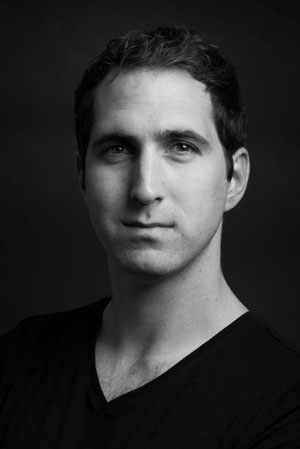By Doctor Jonathan Fernandez
Some young people start to indulge in cosmetic medicine procedures before they even reach the age of thirty…
According to the definition provided by American sociologists William Strauss and Neil Howe, “Millennials” or “Generation Y” (from “WHY”) is the group name given to people born between 1985 and 2005. They are perceived as having their own sociological and behavioural characteristics. They were born during the digital era, almost systematically question all of the constraints imposed upon them, and want to be independent and free to choose whatever they like, whenever they like and however they like.
It is interesting to note that more and more young people are having aesthetic medicine procedures done. Indeed, aesthetic medicine procedures such as botulinum toxin injections are being carried out, in certain cases, before the patients reach the age of thirty. As a consequence, we are forced to change our paradigm: the effect that these patients seek is no longer rejuvenation or to recover their “lost youth”, but rather a way of preventing aging. What attracts Millennials to these injections is the following concept: they want to relax their facial muscles to slow down aging and prevent the appearance of so-called expression lines. This leads us to the idea of “eternal youth”.
However, this generation is also ultra-connected. It is the social media generation and they like to “appear socially connected”. These patients are on a constant quest for immediate beauty, which can be flaunted at any time on social media. It is interesting to note that this generation’s criteria for beauty are not necessarily the same as those for older generations.
A generation that seeks volumised, noticeable, flashy features
The static, dynamic and emotional criteria for “natural beauty” might seem outdated for these patients. It is a generation that seeks voluminous, eye-catching and flashy features, just like their icon Kim Kardashian and other Instagrammers, YouTubers, etc. We must therefore adapt our botulinum toxin injections to this demand. However, given their young age, it is vital not to freeze their faces and to preserve their youthful beauty.
Their requests are very precise (lift the tail of the eyebrow, etc.). New tools (Juvapen., etc.) allow us to perform ever more targeted injections. The aim of our treatments is to play with very precise points that allow us to subtly improve these young patients’ faces. It is also possible to play with light and shadow, to carry out a medical “contouring” of the face, a technique that is very popular with influencers.
These innovative techniques have given rise to another concept: altering the emotions. By relaxing certain parts of the muscles, botulinum toxin injections allow us to alter the facial expressions and make the emotions conveyed by the face into positive ones. This muscle relaxing can erase any of the face’s negative vectors that can make a person look tired, stressed or closed (Paul Ekman’s concept on negative emotions) in order to create positive vectors and a relaxed, happy and open appearance (welcoming to others).
This alteration of the emotions is anatomical and also “psychological”: a veritable virtuous circle is established when the injections are carried out successfully. The patients, satisfied with the aesthetic result, feel better and have more self-confidence. Altering the emotions is primordial in the current era of social media and selfies. However, starting having these injections at such as early age throws up an important question: are there any long-term risks? Botulinum toxin injections need repeating every 6 months, on average. What will happen after 15 or 20 years of injections? Right now, the scientific studies show that long-term use of botulinum toxin injections is completely harmless. This safety is primordial for these young patients, who will have these treatments for years to come.
Adapting our techniques in the face of very precise demands
Millennials are very drawn to botulinum toxin. Their demands are very precise, which is why it is so important that we adapt our techniques. It is vital not to freeze their features, to preserve the beauty of their young faces, and to play on their positive emotions. Toxin injections can truly slow down and improve the way we age. Combined with filler injections, the results will be long-lasting and will undeniably lead to better cosmetic surgery results, or even a “lift-free” generation. In any case, it is the cosmetic doctor or surgeon’s responsibility to guide their patients, to inform them and orientate them so that there is a real discussion about their wishes and the treatment options. The practitioner must be able to moderate these young patients’ requests because they can sometimes be over-influenced by social media. Botulinum toxin is a medicine, and it should always be used with caution. Consequently, we must fight against the body dysmorphic disorders caused by selfies and explain to patients that the results should, in spite of everything, look natural.
This article follows the presentation given during Nice Tox Course.
Doctor Jonathan Fernandez
Former president and founder of the French Society of Young Aesthetic Surgeons for the SOFCEP; Young surgeon representative for the IMCAS; Editor of a scientific review for cosmetic surgery (“The Realities of Plastic Surgery”); Member of various scientific societies (ISAPS, SoFCPRE, SOFCEP, SoFChiRC) and tutor for university courses (Nice, Lyon, Paris). Cosmetic surgeon in Nice. Medaille d’Or award from the Nice Hospitals.















